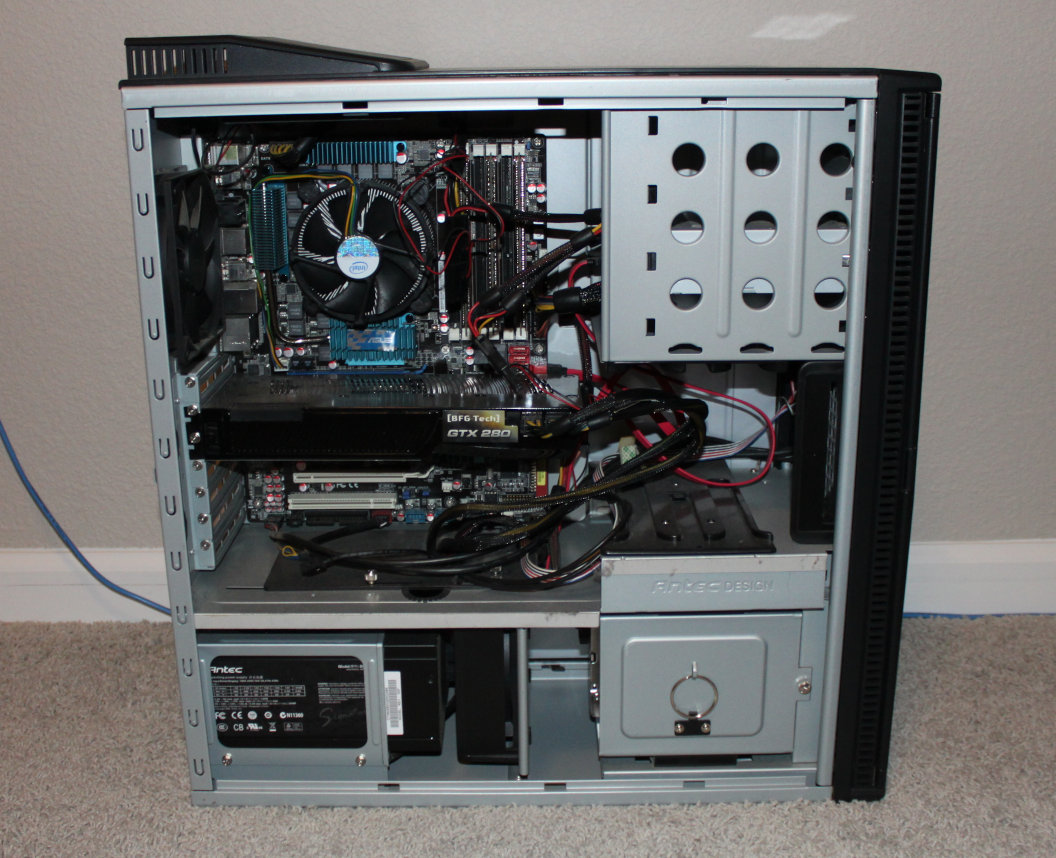A funny thing has been happening for the last few days. There is a link farming or SEO or whatever site out there that is currently doing a deep clone of this blog (I’m obviously not going to provide a link here), but unlike all the other times that’s happened, these guys aren’t just straight-up copying, they’re running the text through what looks like a game of Google Translate Telephone (or a simple synonym replacer, but I’m going to pretend it’s the former). I’m guessing the reason is to obfuscate the source and throw off plagiarism detectors, but the result is unintentionally(?) hilarious.
For example, my post title “The Display Resolution of Head-mounted Displays” becomes “The Show Decision of Head-mounted Shows,” and “How Does VR Create the Illusion of Reality” becomes “How Does VR Create the Phantasm of Actuality.”
For a fuller experience, here are two paragraphs from the first article I mentioned above:
“The quick reply is after all that this relies on your mannequin of the headset. However should you occur to have an HTC Vive, view the graphs in footage 1 and a couple of (the opposite headsets behave in the identical method, however the precise numbers differ). These figures present the display decision, in pixels / °, alongside two traces (horizontal and vertical, respectively) that undergo the middle of the suitable lens of my very own Vive. The purple, inexperienced and blue curves present the decision for the purple, inexperienced and blue main colours respectively, this time not on the idea of my very own measurements, however by analyzing the show calibration knowledge measured for every particular person headset on the manufacturing unit after which saved within the firmware.
At this level it’s possible you’ll surprise why these graphs look so unusual, however for that you’ll have to learn the lengthy reply. Earlier than I’m going into that, I need to throw away a single quantity: proper in the course of the suitable lens of my Vive (on pixel 492, 602) the decision for the inexperienced shade channel is 11.42 pixels / °, each horizontal and vertical instructions. When you needed to cite a single decision quantity for headphones, that will be the one I used to be going to, as a result of it’s what you get once you have a look at one thing instantly in entrance of you and much away. As figures 1 and a couple of clearly present, no quantity can inform the entire story.”
Now, having posted this article, I am waiting with bated breath for what kind of hash their cloning bot will make out of it.
Like this:
Like Loading...




